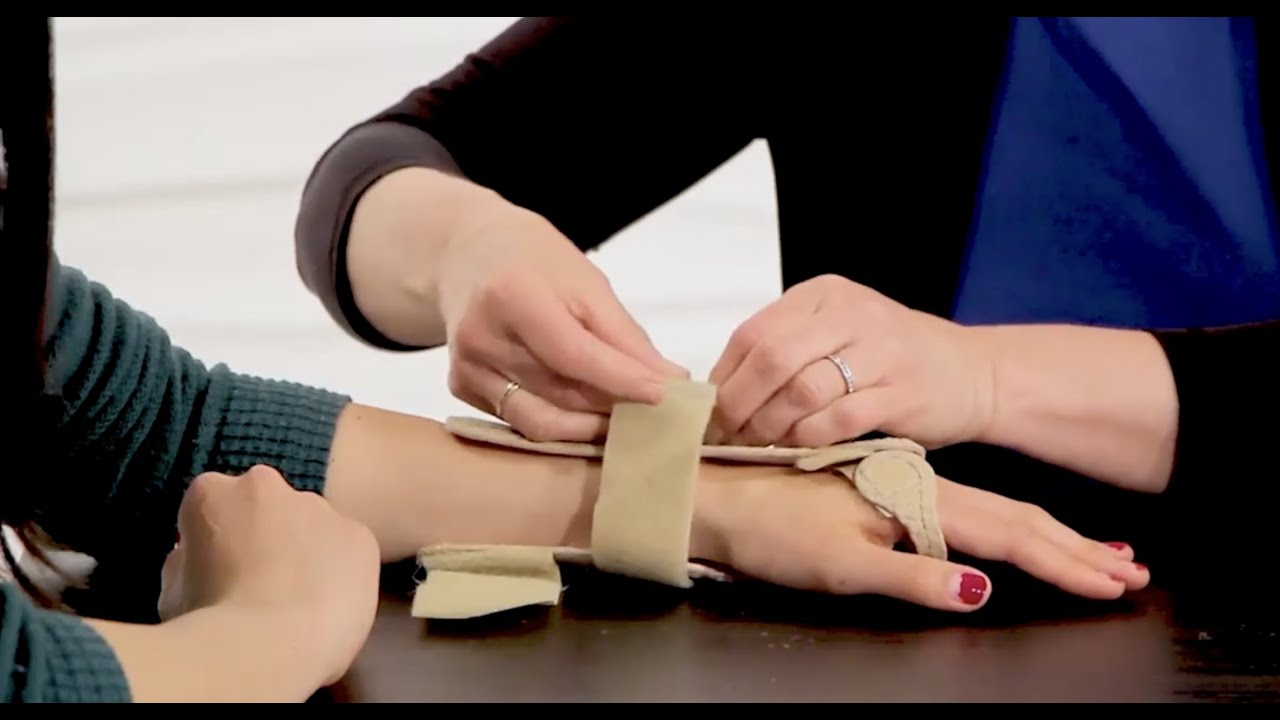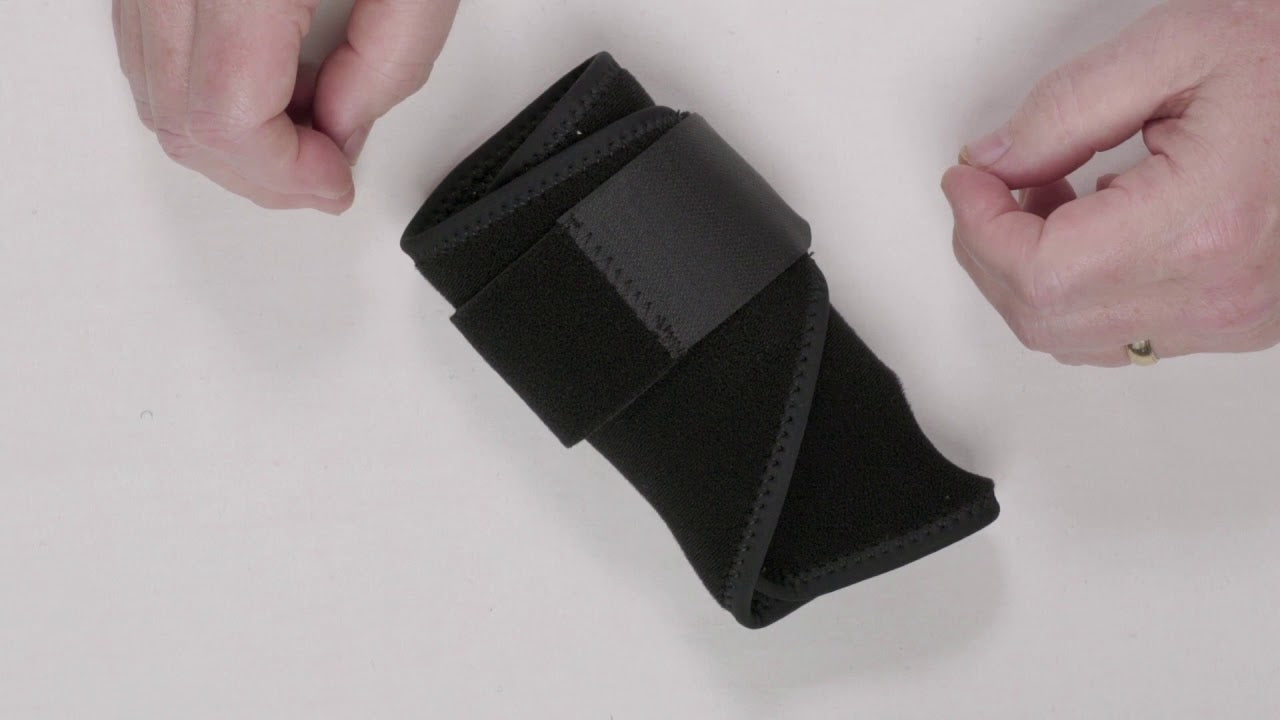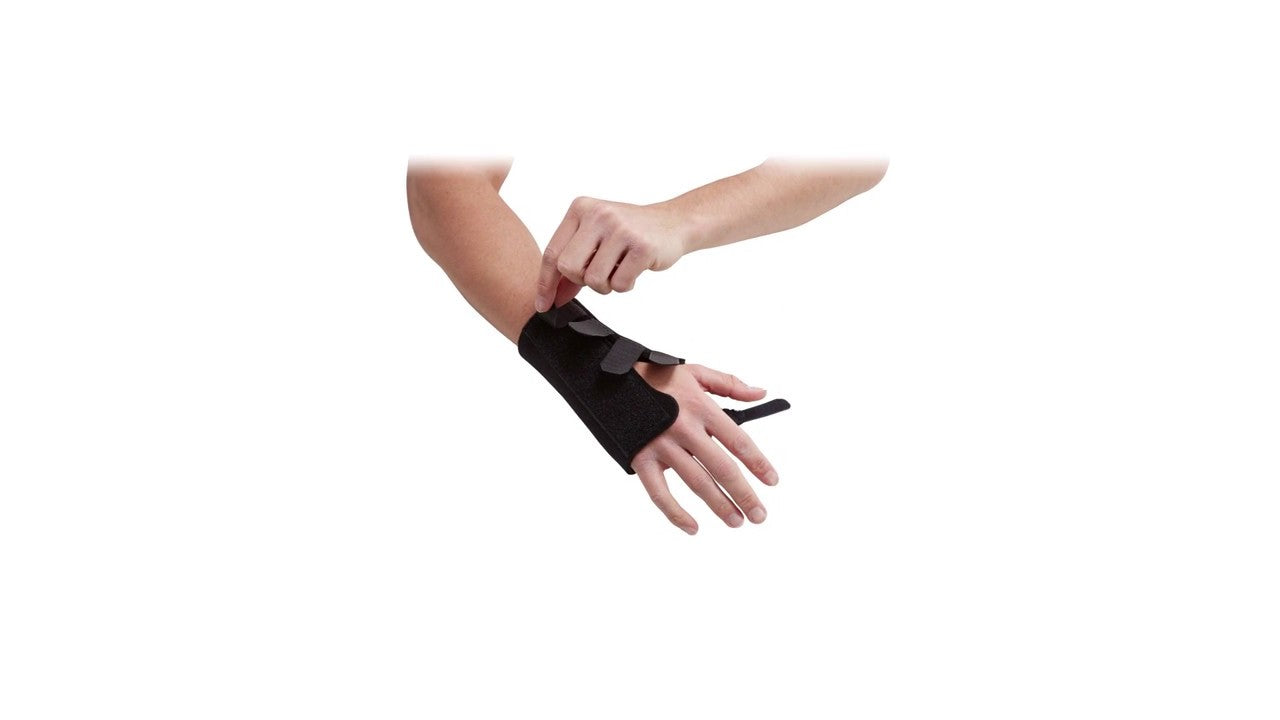The onset of wrist pain can be gradual or sudden. Discomfort from typing, heavy lifting, or even an injury can affect your wrist and disrupt your daily routine. So when should you consider getting a wrist brace?
Why Should One Consider A Brace
Wrist braces are devices that limit movement and stabilizes the wrist joint, thus reducing strain. They are often used to help heal after surgery, an injury, or manage chronic conditions such as carpal tunnel syndrome and arthritis. But not every chronic pain requires a brace. Let us look at some signs to determine if a brace will be useful.
1. Worsening Discomfort
Discomfort that doesn’t seem to go away after a few days of rest, or pain that seems to return frequently might indicate that a brace is a good option. Wrists injury often occurs due to tendonitis, repetitive strain injuries, or nerve compression. In such a case, using a brace will help alleviate the stress and allow your body to heal effectively.
2. Inflammation and swelling
Noticeable inflammation, along with swelling, warmness, or redness around the wrist, oftens indicates inflammation. A brace could also help stabilize the area in question and assist in staving off exacerbating movements that may strength the problem. Still, if the swelling is serious and abrupt, a medical professional should be consulted before self-treatment.
3. Tingling and numbness
Finger numbness, and particularly tingling of the thumb, index, and middle finger suggests possible carpal syndrome. This condition involves the median nerve being compressed within a person’s wrist. Specialized braces meant for wrists, particularly nighttime ones, allow the person’s wrist to rest in a neutral position while averting putting undue strain on the nerve.
4. Repetitive task doers
A person who partakes in a hobby, or is employed in a line of work requires repetitive wrist movements like typing, knitting or even manual labor, they may be at risk of developing overused injuries. Wearing a brace actively, even in the absence of pain during high-risk activities, may lessen the chances of injury.
5. Recent Injury or Surgery
A recent wrist sprain, bone fracture, or surgical procedure will most often require the recommendation of a wrist brace from an attending physician. A brace can prevent harmful movement, protect the area, and encourage proper healing.
When to See a Doctor
Braces have their advantages, but a medical examination is necessary for symptoms with significant severity. Continuously resting and supporting the injury does not help, leading to further deterioration of the condition. Consulting with a doctor or physical therapist is essential—depending on your condition, they will suggest a suitable type of supportive brace or other treatment options.
In Summary
Manages symptoms such as persistent pain, inflammation, nerve sensations, repetitive motions, and recovery from an injury. Misuse of the brace can prevent proper healing and cause further damage. As with any health decision, it is essential to pay attention to bodily signals and, when uncertain, seek guidance from a qualified person.





Leave a comment
This site is protected by hCaptcha and the hCaptcha Privacy Policy and Terms of Service apply.